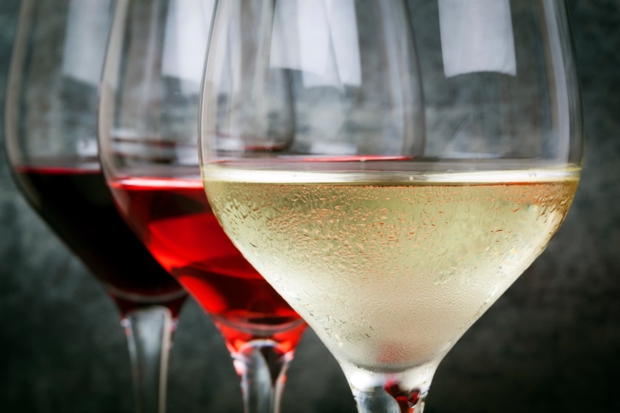Peaty water ought to be classed as a luxury. You have spent a day on the hill, a’chasing the deer. This means coping with the rigours of topography, the cunning of the quarry and the vindictiveness of the elements, though that has its compensations. Rain keeps away the midges. You arrive back damp and knackered, but there is an instant restorative: a bathful of broiling peaty water, with a glass of peaty whisky as a chaser. Suddenly, all the day’s hardships are sublimated into pure pleasure (especially if you have killed a beast).
Naturally, the water is brown. This can give rise to misunderstandings among the ignorant. A girl I know owns a shooting lodge. Once, towards the end of breakfast, someone from the kitchen team informed her that there was no hot water. She was bewildered; her boiler would power a fair-sized boat a long way into the Atlantic. The explanation promptly arrived, in the form of a lawyer guest wearing an Armani dressing-gown, Gucci slippers and silk pyjamas. ‘Janey, darling: there’s something wrong with your plumbing. I’ve been trying to run a bath for an hour and a half, but the water’s still brown.’ He was lucky not to have been chased down the drive by an enraged hostess with a horsewhip.

These and other stories came to mind during a recent session at Boisdale, one of this column’s favourite restaurants. We had assembled to taste — waters. There has always been a vigorous intellectual debate about whisky and water. For years, I took the view that serious Scotch should not be adulterated. After all, who would dream of putting water into good Cognac or Armagnac?
But I have been persuaded that a little water releases the flavours. It is also essential to mitigate the awesome power of cask-strength malts. So what water? Peaty water does not travel, but there is another Highland water which is admirable in bottles. A great part of the island of Lewis rests on Lewisian gneiss, one of the world’s oldest and hardest rocks. The pure water which springs from this austere cradling is unaffected by any form of minerality. It is also eminently bottlable, thus bringing the geology of the Outer Hebrides to the world’s dining-tables. A firm called Larkfire organises this; they are evangelical about their product.
In Boisdale, we ran it against London tap water, a perfectly acceptable drop of stuff. Contemplating a glass of dry sherry, the great Duke of Wellington said: ‘That looks as if it has been drunk already.’ Like the ingredients of sausages, this is not a subject to dwell on, but London tap-water has certainly been… filtered already. But there is no reason to distrust modern methods of water recycling.
For years I took the view that serious Scotch should not be adulterated
We were not only there to evaluate waters. It was important to work out which of them went better with whisky. Four whiskies had been assembled. The first was a Glenmorangie ten-year-old: a gentle dram, indeed an ideal introduction to malt whisky. I would normally drink it neat, but a pipette ration of water did it no harm. The Glenmorangie Lasanta and the Ardbeg ten-year-old deserved a bit more water, and that was massively true of the Ardbeg Corryvreckan, at 57.1 proof, an aptly named behemoth of a whisky. In Gaelic mythology, the straits of Corryvreckan, off the north end of Jura, contain a sea monster which had drowned at least one princess. There is certainly a whirlpool, and on a stormy day it is an awesome sight; a mass of foaming water contending with the roaring of the winds. This is the Highlands at their most dramatic. As to the tasting contest, Larkfire won easily, though with eight whisky glasses and two water decanters, there may have been some lack of clarity. But Larkfire is the best still water that I have tasted.






Comments